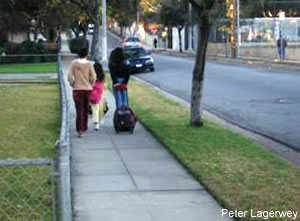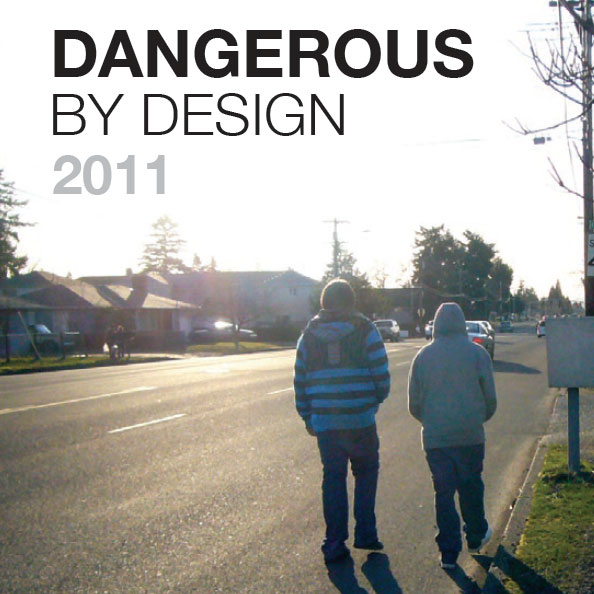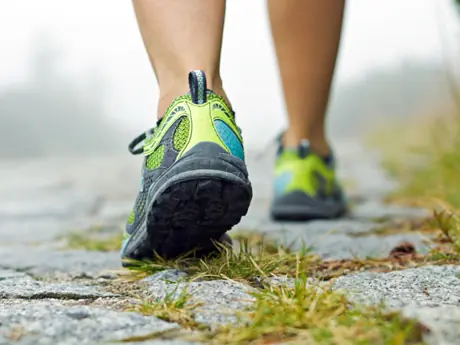I walk a lot. I walk alone, with friends, with my kids, with a large stroller, and sometimes a dog.
After a walk here in Nashville, particularly if I have to walk on Woodlawn or Bowling, I will hear from a friend or neighbor a statement such as 'I saw you risking your life on ___ (St, Av, etc)'.
Statements like this always saddens me but I understand the concern. On May 22nd, 2014, Smart Growth America published Dangerous By Design where Nashville was ranked the 15th most dangerous walking city in America.
So, the concern expressed is quantified, legitimized and is frankly shameful. For a city, considered an 'it' city - I find this particularly shameful. From 2003-2012, a 9 year stretch, there were 210 pedestrian deaths in Nashville-Davidson Co-Murfreesboro-Franklin, TN. That equates to just over 23 people die each year as a pedestrian.
***
Shade Parade Nashville is dedicated to increasing walkability high quality, well designed sidewalks in Nashville.
The Sidewalk Foundation is dedicated to developing high quality, well designed sidewalks in Nashville through Adopt-a-Sidewalk, Buy-a-Shade-Tree and Buy-a-Sidewalk-Square. Each sidewalk Square and shade tree purchased will carry your initials.
***
Sources:
http://www.smartgrowthamerica.org/2014/05/21/hear-the-recap-dangerous-by-design-2014-online-discussion/
http://www.nytimes.com/interactive/2011/08/12/us/most-dangerous-cities-for-walking.html?ref=us&_r=0




















